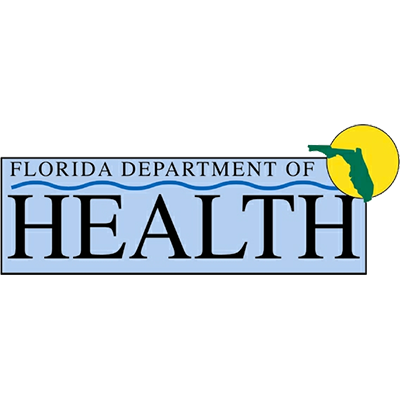Researchers often cite the fact that scientists and medical experts know much about the disease of addiction, but those same people are often less comfortable talking about recovery in the same concrete terms. However, there are rooms full of people all over the country who are quite comfortable talking about recovery and the personal journeys that they have been on while living sober. In alcoholics anonymous groups, narcotics anonymous groups, group therapy sessions, and in treatment facilities all over the country, you can find people discussing what comes after addiction treatment, and what steps one should take after leaving an addiction treatment center. The “big book” of alcoholics anonymous, as it is often called by program participants, lays out 12 steps for long term sober living. Those who are most familiar with the big book know that most of the 12 steps are things that the newly sober individual will work on after initial treatment. According to research published in the Journal of Psychoactive Drugs,
“The majority of studies conducted among substance abusers have follow-up periods ranging in length from 1 to 24 months – a short time relative to the lifelong challenges of recovery.”
People in recovery have lived this reality. In treatment a person gets clean from drugs and alcohol, many times after a long period of using those substances daily, and the diligent professionals working in those facilities help to teach people with substance abuse disorders how to live without drugs and alcohol again. Staying sober in a 24-hour facility is one thing, drug tests are administered, bags are checked for paraphernalia, and addicts are largely safe from the outside world for those 28 or so days. Detoxification is often the most physically uncomfortable part of the process, but people in treatment programs quickly learn that a few days in detox is nothing compared to what comes next. If you talk to people in recovery groups and AA clubs across the country, many will tell you that the group exists so that the individual is not alone, both in a treatment center, but maybe more importantly after leaving a treatment center. Alcoholics anonymous teaches people that staying sober can be more successfully accomplished when people in sobriety both help each other and lean on one another for support. Those in treatment facilities not directly associated with AA will also steer newly sober individuals toward support structures in place for people after getting clean, and these include group meetings all over the country. The research on these topics is pretty clear on a few things. Rehabilitation centers, intensive outpatient programs, alcoholics anonymous meetings, these things are all important, but research shows that all of these settings have been successful for many people over the shorter term covered in the research studies mentioned above, but there are a few things most people who stay sober for the long term usually do. Long term support seems to be the one key thing in most cases of successful long-term sobriety, and research shows that what the person did to get sober initially does not always affect later rates of sobriety. Most people seem to agree, if you find yourself in a treatment facility, work with professionals on a plan for daily living, and support for after your treatment ends.
- Alcoholics Anonymous. Alcoholics Anonymous: The Story of How Many Thousands of Men and Women Have Recovered from Alcoholism. 3rd Ed. Alcoholics Anonymous World Services Inc.; NY: 19391976.
- Pathways to Long Term Recovery: A Preliminary Investigation. J Psychoactive Drugs. Author manuscript; available in PMC 2007 Apr 17. Published in final edited form as J Psychoactive Drugs. 2002; 34(3): 305–311.
By Tim Cannon



